Introduction of Sweet Potatoes

Sweet potato is a very important crop in the developing world and traditional food. Sweet potato is one of the seven crops in the world that produce over 105 hundred million metric tonnes of edible food products in the world annually. China alone produces 80% to 85% of the total sweet potato production in the world while the remaining countries in Asia have the next highest production and then, followed by Africa and Latin America.
The situation of sweet potato as a commodity is that it is widely grown throughout the world. The USA is the largest exporter of sweet potato accounting for 35% of world trade. The other exporters are China (12%), Israel (9%), France (7%), Indonesia (6%) and the Netherlands (5%). The last two are also involved in re-exporting. Sweet potatoes are grown throughout the world and are consumed in large quantities.
Sweet potato and its product play a multitude of varied roles in the human diets being either supplemental or a luxury food besides being a staple crop for some parts of the world. In Asia countries, sweet potato and its product use range from supplementary food of little status to a very important supplementary food. In the United States and other developed countries, the roles of sweet potato and sweet potato product are strict as a luxury food and in other parts of the world such as in Japan, where it plays its role as novel plant products and nutraceuticals. Especially, all kinds of dried sweet potato chips and sweet potato flour are more and more popular in the market with drying technology application in sweet potatoes production today, and dried end products of sweet potatoes are not only a kind of popular snack but also widely used in ready-to-eat foods including cake, biscuits, bread, juice and noodles’ ingredient.
Sweet potato roots can be processed into dehydrated forms such as dried chips and flour for storage and use in food preparations. Sweet potato drying usually performed traditionally with the use of the sun, which is a time-consuming method (about 56 hours) and produces an inferior quality product with high health risk due to high contamination. The most employed way to reduce the drying time and obtain good quality product is the use of mechanical dryers, and it also lowers the product mass and volume which improves the efficiency of storing, packaging and transportation. And hot air drying is commonly used in producing sweet potato dried chips which are pulverized into flours.
Process operations for processing sweet potato dried chips and flour involve cleaning, trimming, washing, slicing, drying, milling, packing, and storage.


● Cleaning and trimming
These operations aim to remove soil and other foreign material from the sweet potato root surface, portion damaged by weevils or other pests, and any other unwanted portions of the roots.
● Washing
The washing step is the most critical in the production of sweet potato. The washing of the roots should be exhaustive. The quality of the end product depends on how the washing has been conducted. Sweet potato washing machine is needed when processing large quantities to speed-up the process.
● Slicing
The sweet potato slicing separates roots into small physical sizes and increases their drying surface. or use a sweet potato cutter machine to speed up the process.
● Drying
The sweet potato slices are put into hot air oven and dried. And hot air drying of different varieties of sweet potato slices at different drying temperatures (40-80℃) was investigated by people, drying time decreased considerably with increase in air temperature, and drying took place in a constant rate period followed by the falling rate period after a short heating period. The lower activation energy for moisture diffusion of sweet potato slices compared to some agricultural and food indicates that drying of sweet potato slices requires less energy and is hence a cost and energy saving method compared to the drying of other products, and this makes the hot air drying of sweet potato slices an advantage that is into sweet potato processing. Besides that, the sweet potato chips or slices can keep their nutrition values after drying by hot air oven. It is recommended to pack the sweet potato dried chips immediately after the drying to avoid any risk of rehydration.
● Milling
Dried chips or slices can be milled or pounded to make flour. It is desirable to pass twice the dried material in the mill should a finer flour is desired. The residual humidity in the dried slices should be between 10 and 12%. It is recommended to grind sweet potato dried chips immediately after drying to avoid any risk of rehydration. Sweet potato flour can add natural sweetness, color, and flavor to processed food products. It can also serve as a source of energy and nutrients and minerals and contributes to the daily nutrient needs for p-carotene, thiamin, iron, vitamin C, and protein.
● Packing and storage
After the grinding, pack and seal immediately to avoid rehydratation and insect infestation. Materials with little permeability to water vapor, such as cellophane, polyethylene or polypropylene should be used. The decision on packaging material is based on transportation requirements and storage time. As soon as the product is placed in its package it should be sealed immediately, removing as much air as possible from inside the package. This is to avoid direct exposition of the product to the surrounding air and to minimize any insect attack. The packed products should be stored in a fresh, dry, and preferably dark place until it is shipped to the consumer.


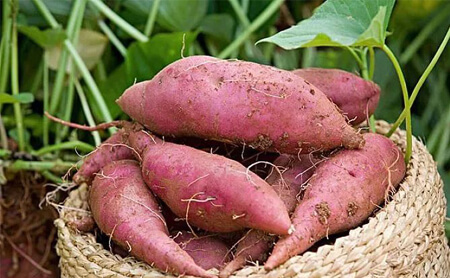

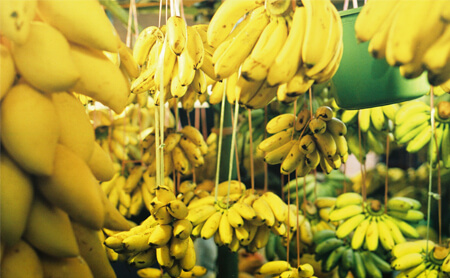







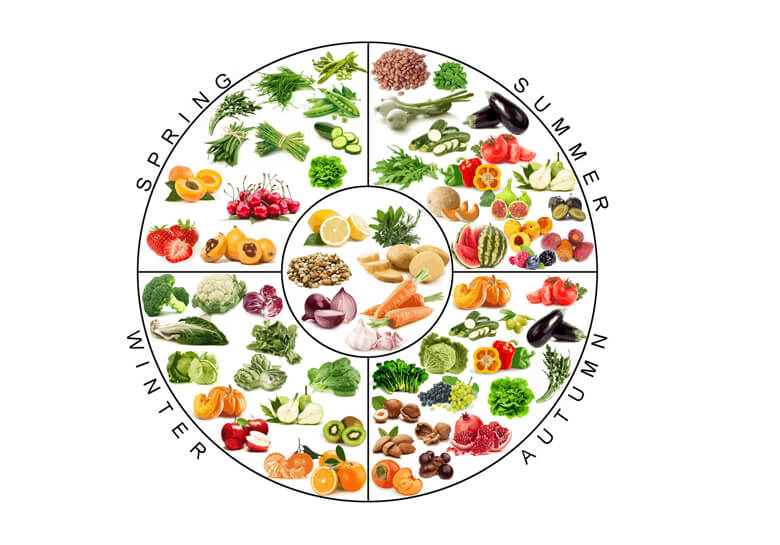

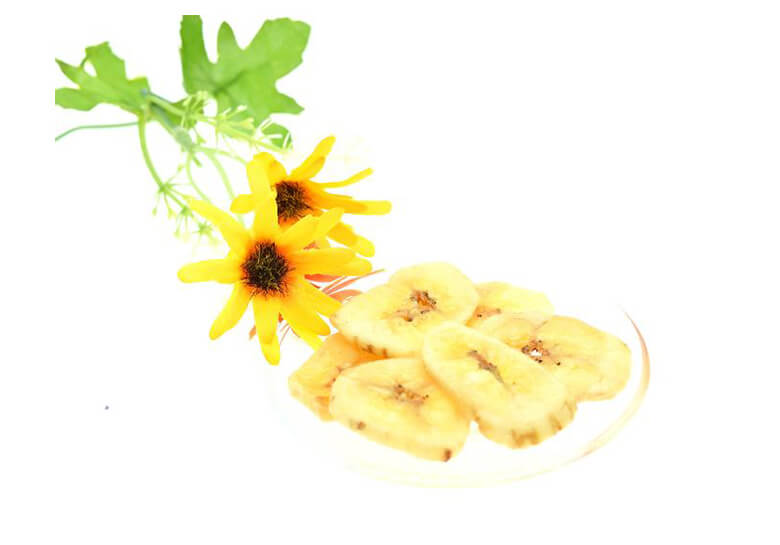
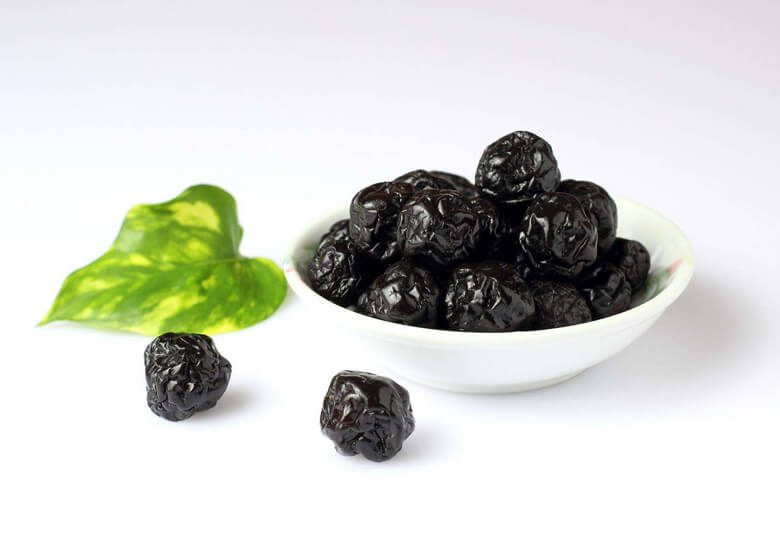
Leave A Comment